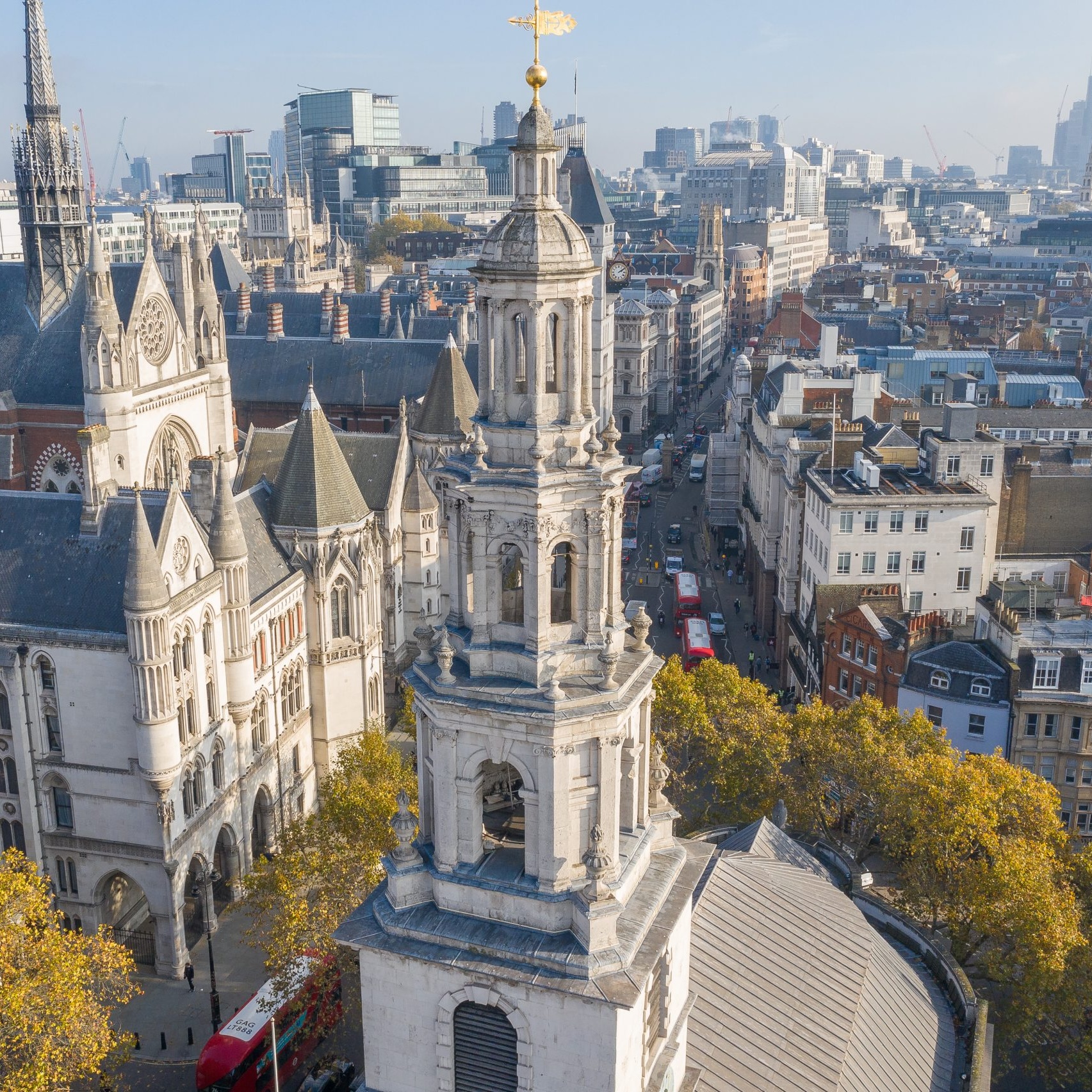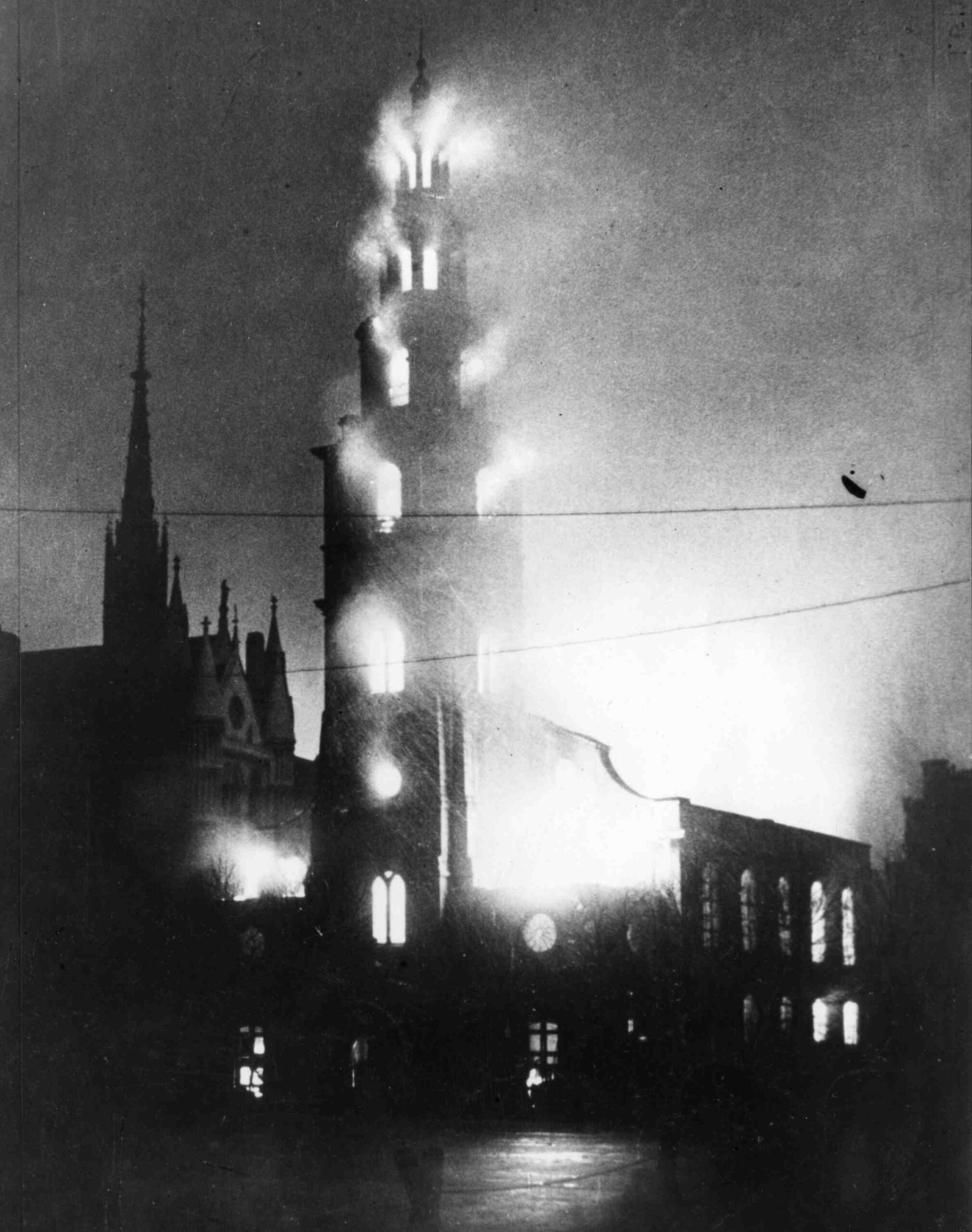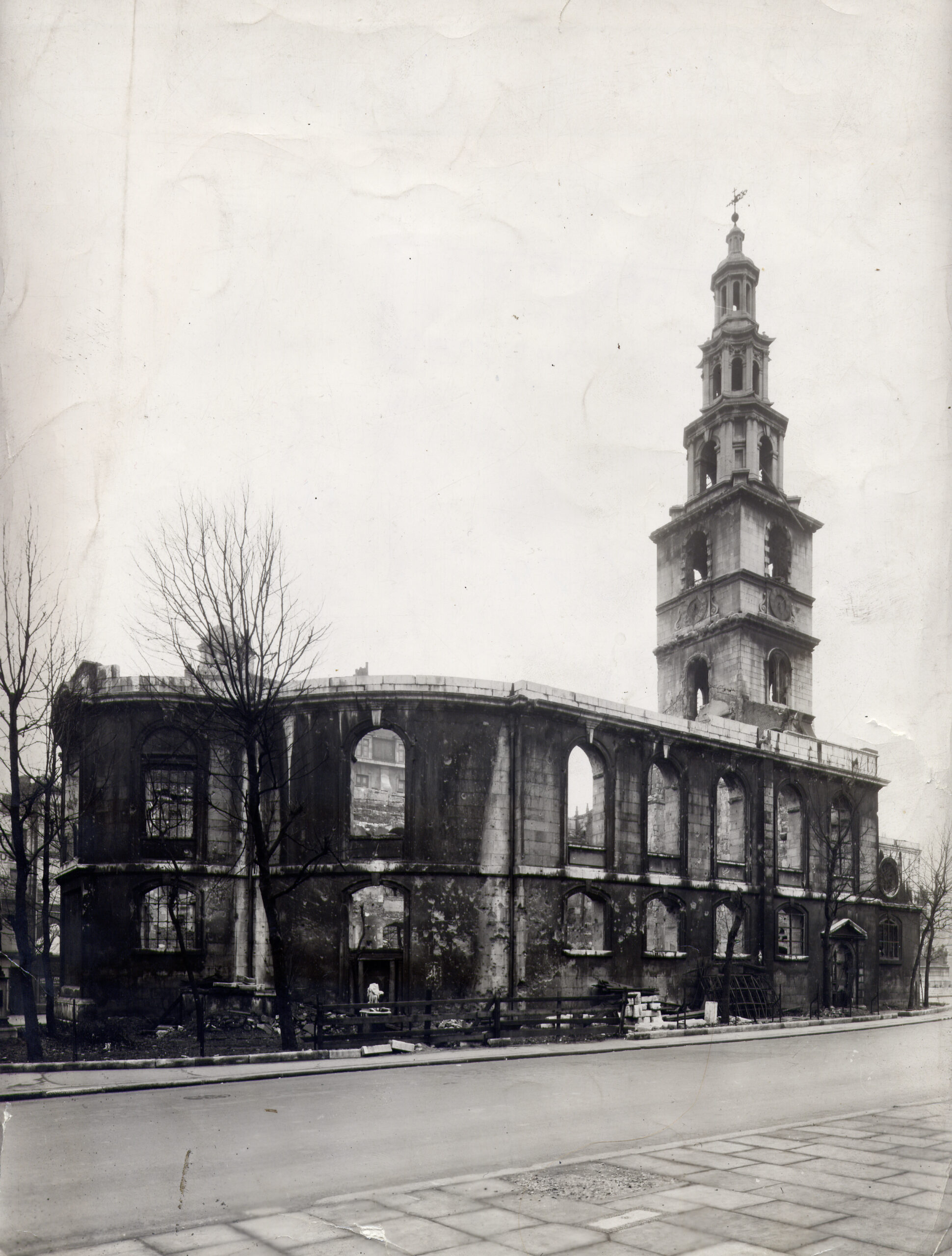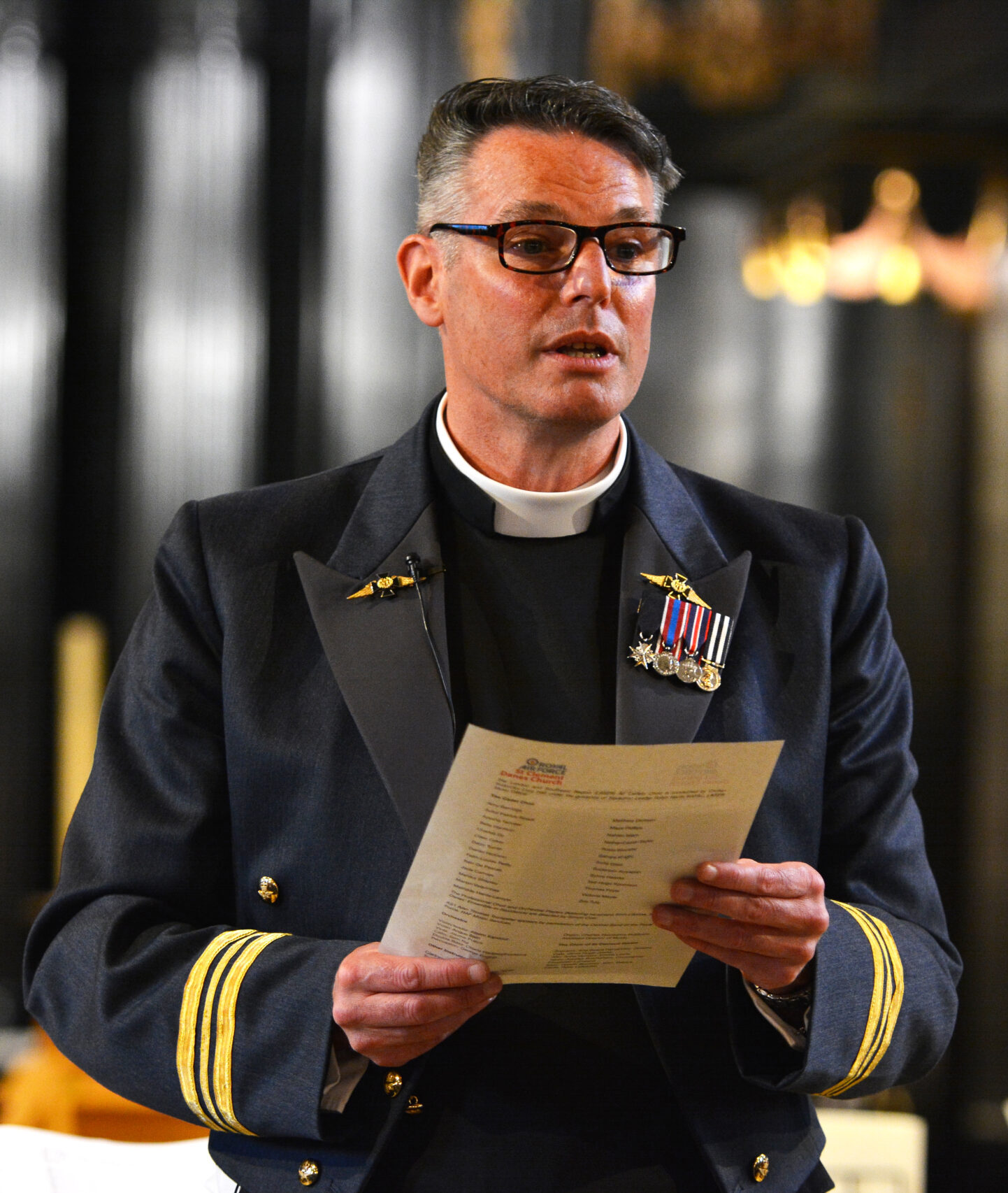1941 Appeal Update
Message from the Resident Chaplain – The Reverend Mark Perry
St Clement Danes, the Central Church of the Royal Air Force, initiated a fundraising campaign known as the 1941 Appeal in 2022 to support various key projects, referred to as pillars. One significant pillar focuses on the restoration of the historic steeple. I am pleased to announce that the fundraising efforts have been successful, culminating in a generous £2 million donation from the RAF, which has enabled the commencement of the steeple restoration.
The project is now underway, marking an exciting milestone in the life of the RAF’s family church. The entire St Clement Danes team is thrilled to achieve the first pillar of the 1941 Appeal, ensuring the protection and preservation of this historic church for future generations. May I take this opportunity to extend all our heartfelt gratitude to all those who have contributed, whether large or small, to the 1941 Appeal.
I look forward to providing updates on our progress. In the meantime, please be assured that life at St Clement Danes proceeds as usual, albeit with some modifications.
Message from the church team
This is an exciting milestone for St Clement Danes. The whole team behind the church, the Trustees, Friends of SCD, Resident Chaplain and Church Manager, and all the volunteers and stewards are delighted that we will be able to achieve the first pillar of the 1941 Appeal, protecting and preserving this historic institution for the generations to come. We would like to extend our heartfelt thanks to all those who have made donations, large or small, toward the 1941 Appeal.
Works officially started this July with the erection of hoarding and scaffolding at the church and it is likely that the first stone will be lifted from the steeple in mid to late September. The project is a 73 week programme and is set for completion in December 2025. The church will remain open throughout the works and our regular programme of services and events will continue as normal.

Why are the works needed?
On the night of the 10th May 1941, when St Clement Danes received a direct hit by an incendiary bomb, the church almost entirely burned down. The bomb pierced the lead covered roof and exploded within the roof space, setting the church ablaze. The roof galleries, pannelling and stained glass were all consumed by fire. Only the outer walls and bell tower remained standing. The steeple acted as a chimney, funnelling the fire upward toward the steeple where the blaze affected the two hundred year old structure.
Cecil King, who wrote 'With Malice Toward None, A War Diary' (1970) wrote 'St Clement Dane has been gutted and only the spire was alight half way up to the top and sending out showers and sparks - an odd and rather beautiful spectacle.'
Today within the steeple, the original iron dog cramps have deteriorated and rusted to such an extent that the cracking and jacking of the stone warrants the steeple’s entire dismantling and rebuilding. The rebuild is to recreate the steeple exactly as is, with cramps replaced and the stone repaired or replaced.



If you would like to find out more about donating to the 1941 Appeal, click the link below or get in touch at: [email protected]
What happens to the 1941 Appeal?
The 1941 Appeal is ongoing and St Clement Danes is still fundraising to meet the next pillar of the appeal.
The appeal was launched on the 10th April 2022 and aimed to protect the safety and longevity of the church for future generations. The first, and urgent aim was to do essential structural works on the historic steeple which is what we are now doing.
The second pillar will look at modernising the crypt in the church, possibly extending it to the full east to west length underneath the main church. It could feature an education centre, cafe, new wash room facilities, exhibition space and music practice room.
Pillar three would look at the renovation of the Harrison & Harrison Organ, which was gifted to the church by members of the United States Air Force. The third pillar would also develop the island on which the church sits for the use of the local community.

